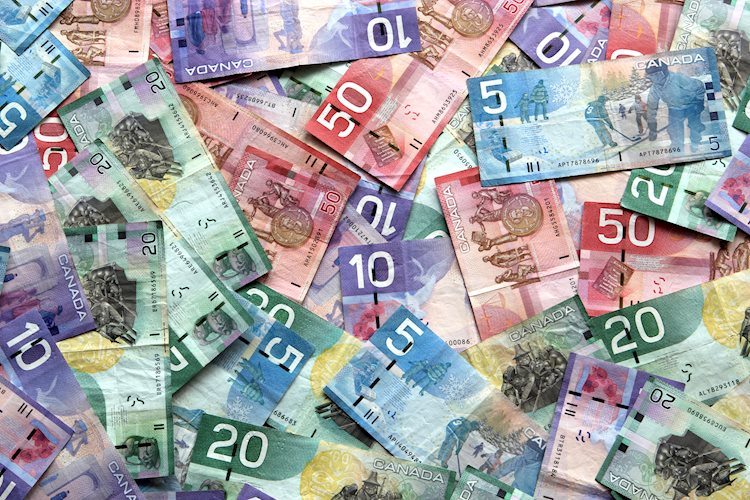The USD/CAD pair is currently trading below the resistance level of 1.3600 as investors await Federal Reserve’s monetary policy updates. Market sentiment has turned cautious on a light economic calendar day in the US, with the S&P 500 opening weak. The US Dollar Index is trying to gain ground above its annual low of 100.20, indicating uncertainty in investors’ risk appetite. There is an expectation for the Fed to cut interest rates by a total of 75 basis points in the upcoming meetings, with at least one 50 bps rate cut anticipated. However, Fed Chair Jerome Powell has suggested that the 50 bps cut will not be the new normal. Investors will be closely watching Philadelphia Fed Bank President Patrick Harker’s speech for fresh guidance on interest rates.
On the Canadian Dollar front, speculations are growing about further interest rate cuts by the Bank of Canada (BoC), which may keep the CAD under pressure. This speculation arose after Canada’s headline inflation slowed to 2% in August. Key factors influencing the Canadian Dollar include the BoC’s interest rate decisions, the price of Oil, Canada’s largest export, the overall health of its economy, inflation rates, and the Trade Balance. Other factors such as market sentiment and the US economy also play a significant role in determining the value of the CAD.
The Bank of Canada holds significant influence over the Canadian Dollar through its interest rate decisions, aimed at maintaining inflation within a specific range by adjusting interest rates accordingly. Higher interest rates tend to have a positive impact on the CAD. The BoC can also use quantitative easing or tightening to alter credit conditions, with quantitative easing being negative for the CAD and tightening being positive. The price of Oil is a crucial factor impacting the CAD, as it is Canada’s main export. Generally, higher Oil prices lead to an increase in the value of the CAD, while lower prices have the opposite effect. Additionally, higher Oil prices can contribute to a positive Trade Balance, which supports the CAD.
Inflation, despite traditionally being seen as negative for a currency, can actually have a positive effect on the Canadian Dollar in modern times. Higher inflation rates may prompt central banks to raise interest rates, attracting more capital inflows from global investors and increasing demand for the local currency. Macroeconomic data releases, such as GDP, manufacturing and services PMIs, employment numbers, and consumer sentiment surveys, also impact the direction of the CAD. A strong economy tends to attract more foreign investment and may lead to higher interest rates, strengthening the Canadian Dollar. However, weak economic data can result in a decline in the CAD’s value.
In conclusion, the USD/CAD pair remains below the resistance of 1.3600 as investors await updates on the Fed’s monetary policy. Speculations about further interest rate cuts by the BoC may keep the Canadian Dollar under pressure. Various factors such as BoC decisions, Oil prices, economic health, inflation rates, and trade balances influence the value of the CAD. Market sentiment and the US economy also play a crucial role in determining the direction of the Canadian Dollar. Investors will closely monitor upcoming economic data releases and central bank decisions for further insights into the CAD’s movement in the forex market.










